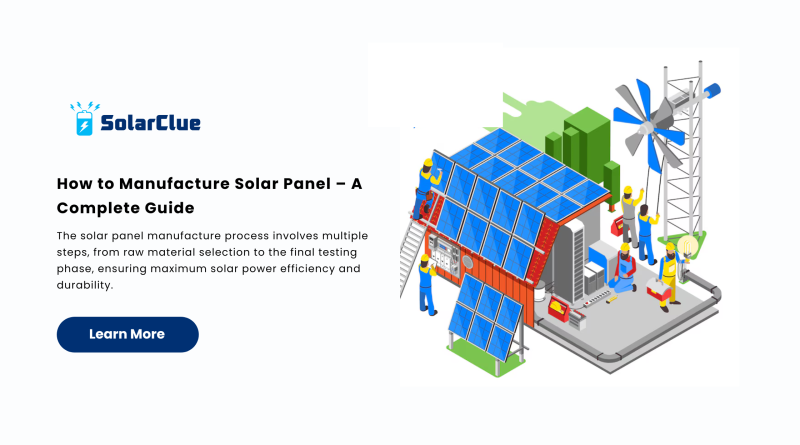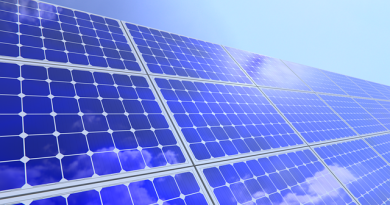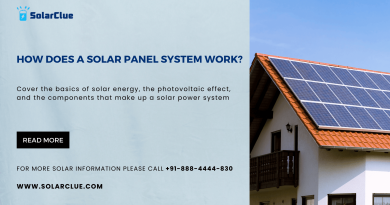How to Manufacture Solar Panel – A Complete Guide
Solar energy is becoming one of the most reliable and sustainable energy sources in the world. With the rising demand for clean energy, the need for high-quality solar panels has increased significantly. But have you ever wondered how solar panel manufacturers create these essential energy solutions? The solar panel manufacture process involves multiple steps, from raw material selection to the final testing phase, ensuring maximum solar power efficiency and durability.
In this guide, we will take you through the step-by-step process of manufacturing solar panels, discussing the materials used, production methods, and cost factors involved. Whether you are interested in setting up a solar power system or just curious about the technology, this article will provide valuable insights.
Table of Contents
Understanding Solar Panel Technology
What Are Solar Panels and How Do They Work?
Solar panels are devices that convert sunlight into electricity using photovoltaic (PV) cells. These cells absorb sunlight and generate direct current (DC), which is then converted into alternating current (AC) using an inverter. The generated power can be used for residential, commercial, and industrial purposes, making solar energy a versatile and sustainable energy source.
The efficiency of a solar power system depends on multiple factors, including the quality of solar panel manufacture, the type of photovoltaic cells used, and environmental conditions such as sunlight exposure and temperature. Advances in solar power efficiency have significantly improved the performance of modern solar panels, making them a cost-effective solution for electricity generation.
The Role of Solar Energy in Sustainable Development
The use of solar energy has grown tremendously due to its environmental benefits. Unlike fossil fuels, solar power does not produce greenhouse gas emissions, reducing the carbon footprint of energy consumption. By investing in high-quality solar panels, individuals and businesses can contribute to a cleaner and greener planet.
Governments worldwide are also promoting solar power systems through subsidies and incentives, making it easier for households to adopt this renewable energy source. With advancements in solar power efficiency, the cost of solar panels has also decreased, making them an affordable and sustainable energy option.
Materials Required for Solar Panel Manufacture
Silicon – The Core Material for Solar Panels
One of the primary materials used in solar panel manufacture is silicon. Silicon is a semiconductor material that plays a crucial role in converting sunlight into electricity. It is processed and purified to create high-efficiency photovoltaic cells, which are then assembled to form solar panels.
There are two main types of silicon used in solar panel manufacture:
1. Monocrystalline Silicon – This type offers higher solar power efficiency due to its pure crystalline structure. It is more expensive but provides better performance.
2. Polycrystalline Silicon – This is a more cost-effective option but has slightly lower efficiency compared to monocrystalline silicon.
Other Essential Components
Apart from silicon, several other materials are used in solar panel manufacture, including:
1. Glass Sheets – These protect the photovoltaic cells from external damage and enhance durability.
2. Metal Conductors – Used to transport the generated electricity efficiently.
3. Protective Coatings – Anti-reflective coatings help in maximizing solar power efficiency by reducing energy loss.
Step-by-Step Process of Solar Panel Manufacture
Step 1 – Silicon Extraction and Purification
The first step in solar panel manufacture is extracting silicon from quartz and purifying it to remove any impurities. The purified silicon is then molded into solid ingots, which are sliced into thin wafers. These wafers form the foundation of photovoltaic cells.
Step 2 – Solar Cell Production
Once the silicon wafers are ready, they are treated with special chemicals to create an electric field. A thin layer of phosphorus is added to enhance conductivity, allowing the solar cells to absorb sunlight more efficiently.
Step 3 – Assembling Solar Panels
The solar cells are arranged in a grid pattern and connected using metal conductors. They are then covered with protective glass and encapsulated to prevent damage from environmental factors. The final panel is enclosed in a sturdy frame to ensure long-term durability.
Step 4 – Testing for Solar Power Efficiency
Before being distributed, each solar panel undergoes rigorous testing to check its efficiency and durability. The panels are exposed to simulated sunlight conditions to measure their energy output. Any defects or inefficiencies are addressed before the product reaches the market.
Cost Analysis of Solar Panel Manufacture
Factors Affecting Solar Panel Cost
The solar panel cost depends on several factors, including the quality of materials used, manufacturing processes, and technological advancements. While solar panel 1KW systems are affordable for small households, larger setups like solar panel 3KW provide more energy but come at a higher cost.
Comparing Solar Panel 1KW vs. Solar Panel 3KW
1. Solar Panel 1KW – Ideal for small households with minimal energy consumption. It provides sufficient power for basic appliances like lights, fans, and small electronics.
2. Solar Panel 3KW – Suitable for medium-sized homes or businesses, offering higher energy output for running multiple appliances.
Investing in larger solar power systems may require a higher initial investment, but the long-term savings on electricity bills make it a cost-effective choice.
Choosing the Best Solar Panel Manufacturers
What to Look for in a Reliable Solar Panel Manufacturer?
When selecting a solar panel manufacturer, consider the following factors:
1. Efficiency Ratings – Choose manufacturers that provide high solar power efficiency ratings.
2. Warranty Period – A good manufacturer offers at least 25 years of warranty on solar panels.
3. Certifications and Quality Standards – Ensure the panels meet international quality standards for durability and performance.
Top Global Manufacturers and Their Processes
Several reputable solar panel manufacturers dominate the industry, producing high-quality panels that offer excellent efficiency. Companies like SunPower, LG, and Canadian Solar are known for their advanced solar power system solutions.
Conclusion – The Growing Demand for Solar Panels
The global shift toward renewable energy has increased the demand for high-quality solar panels. With advancements in solar power efficiency and decreasing solar panel cost, more homeowners and businesses are opting for solar power systems. Understanding the solar panel manufacture process helps consumers make informed decisions when investing in solar energy solutions.
FAQs
1. What is the average solar panel cost for residential use?
The cost varies based on panel size and efficiency, but a solar panel 1KW system typically costs between $500 to $1,000.
2. How long do solar panels last?
Most solar panels come with a lifespan of 25-30 years, depending on maintenance and quality.
3. Which is better: solar panel 1KW or solar panel 3KW?
It depends on energy needs. A solar panel 1KW system is suitable for small homes, while a solar panel 3KW system can support more appliances.
4. How do solar panel manufacturers ensure quality?
They conduct rigorous efficiency and durability tests before releasing solar panels into the market.
5. What factors affect solar power efficiency?
The quality of materials, exposure to sunlight, and maintenance all influence solar power efficiency.
Need help? Your answers are just a click away on our website!



